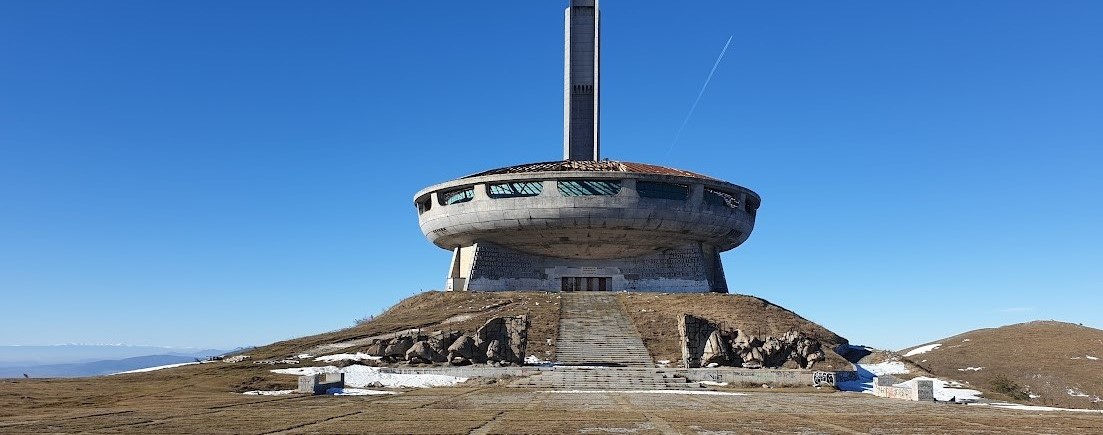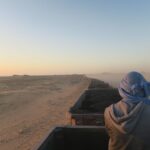Known by some and visited by few, Somaliland is a place that doesn’t make it onto many travel bucket lists. It is a place often misunderstood, and usually shown negatively in Western media. It is precisely this misrepresentation and mystery that drew me to visit Somaliland at the end of 2017. As the title suggests this visit was full of surprises – most of which were positive!
First a brief bit of necessary history. Somalia gained its independence from European colonial powers in 1960, and Somaliland was very much a part of the newly created Somali Republic, commonly known as Somalia. In the following decades, tensions between Somaliland and other areas of the Somali Republic increased, which eventually led to the secession of Somaliland from the Somali Republic in 1991. Somaliland’s independence was not officially recognized by any other country, and this has remained the status quo until this very day.

It is precisely this lack of recognition that led me to run around Addis Ababa prior to visiting Somaliland trying to get a visa. You see, many countries in the world have embassies and other official offices, where consular services are offered. Due to Somaliland’s complicated situation, the only place to obtain a visa is in Addis Ababa, the capital of Ethiopia. However, the embassy of Somaliland often changes location, and I found multiple addresses online. When I eventually found the embassy the process was very smooth and I had a visa in my passport within a few hours.
It is important to realize that unlike Somalia Somaliland has seen very little conflict in recent decades. It is one of the most stable democracies in East Africa and its society is the most digitized. Elections are held every five years and are observed by international observers. Fun fact: an iris scan is used to identify citizens before voting. Talking about a digitized society!
When I arrived in Hargeisa, the capital of Somaliland, some things were striking. The level of English is high, and people want to talk to foreigners. I rarely walked more than 100 meter without somebody trying to strike up a friendly conversation. Another thing that stand out are the huge piles of cash that people are trading on the streets. Most people in Somaliland pay via an app on their phone, but cash is still used by some. However, the value of the Somaliland Shilling has inflated a lot, so be prepared to carry a lot of bills.

Somaliland plays an interesting role in one of Africa’s largest and fastest growing economies, Ethiopia. Ethiopia is a landlocked country and relies on other countries, such as Somaliland, to export its goods around the world. Somaliland is a beacon of stability in an area of the world that has seen its fair share of instability. At first, piracy was rampant, and more recently the Houthis in Yemen have played a role in destabilizing the region. Ethiopia has made numerous efforts to work with Somaliland over the years to export its goods, often leading to strained relations with Somalia.
During my time in Hargeisa, I met a Somali doctor, who taught me a lot about Somaliland and its position in the world. He had studied medicine in China and spoke Chinese fluently. He explained how after the war many people fled to Europe and the USA, and are now returning due to Somaliland’s safety. This influx of diaspora has fueled the economy and partly explains the high level of English I encountered. He showed me the hospital he worked at, and how he is doing his part in making Somaliland a better place for future generations, or in his words: “I want Somaliland to be a beacon of hope in the Horn of Africa”.

After exploring Hargeisa for a few days I decided to head to the coastal town of Berbera. The town itself has a few interesting places to see, but its most impressive feature are the endless beaches right on the Gulf of Aden. Swimming in the sea that has been captured in so many headlines over the years was a little eerie. Later that day I checked the news and it turned out that the Houthis had threatened to attack the port of the city. Mind you this was in 2017 when hardly anybody had heard of the Houthis. Thankfully the Houthis never attacked.
Fun fact: Despite its small population and low number of international visitors Berbera does have an airport that boasts an impressive 4140-meter-long runway. Originally built by the Soviets NASA later rented it as an emergency runway for the Space Shuttle missions, due to its proximity to the Equator
While travelling home I reflected on my visit to Somaliland and all the people I had met. Like any other traditional society, there are still problems. During my time I witnessed acts of oppression against women, and a Chinese friend’s ponytail was nearly cut off as he was mistaken for a woman. However, the vast majority of interactions with the local population were positive and left me with a great sense of gratitude of being able to visit such an interesting place. Given all the instability in this sensitive part of the world gave me all the more respect for this beacon of stability called Somaliland.





Leave a Reply